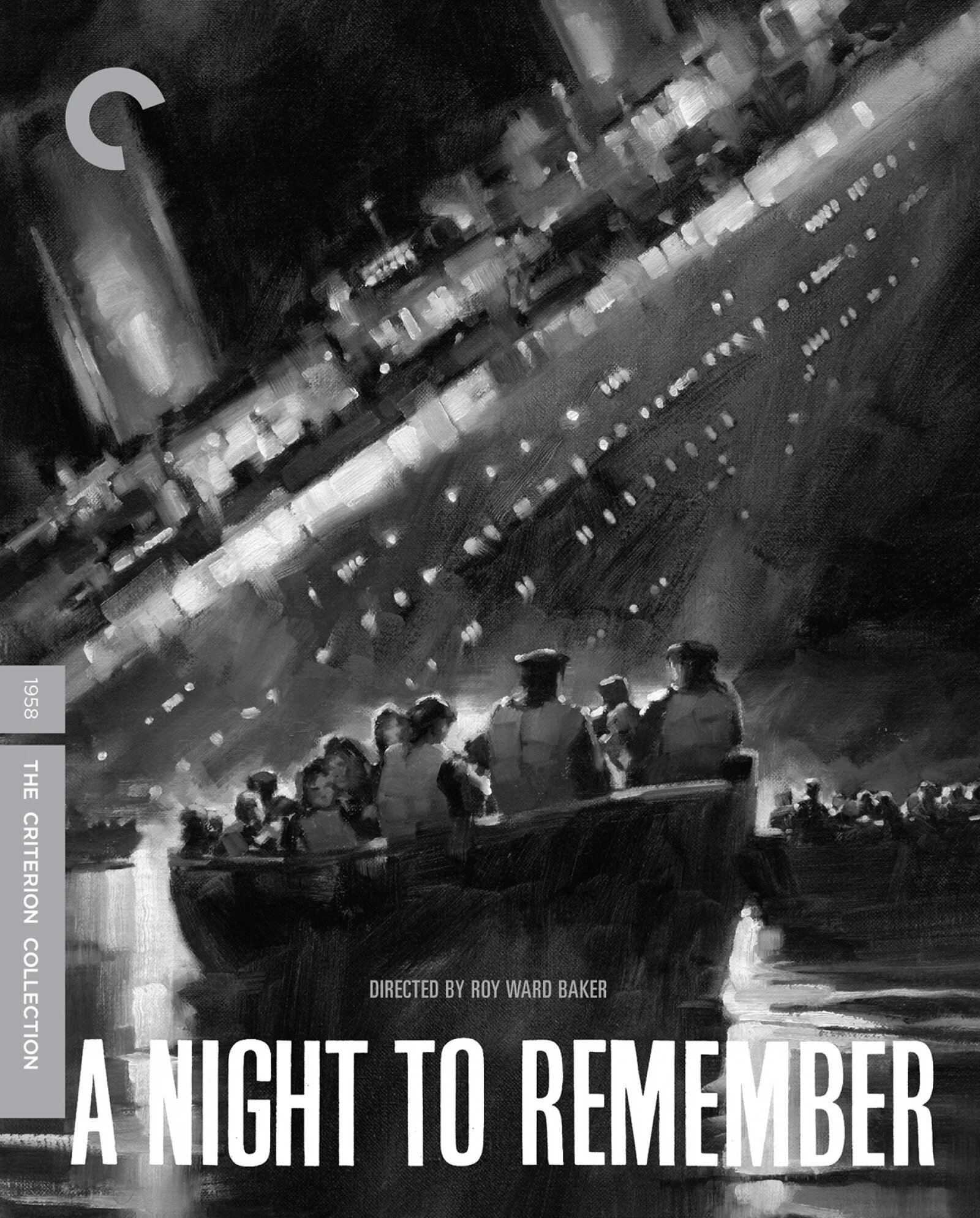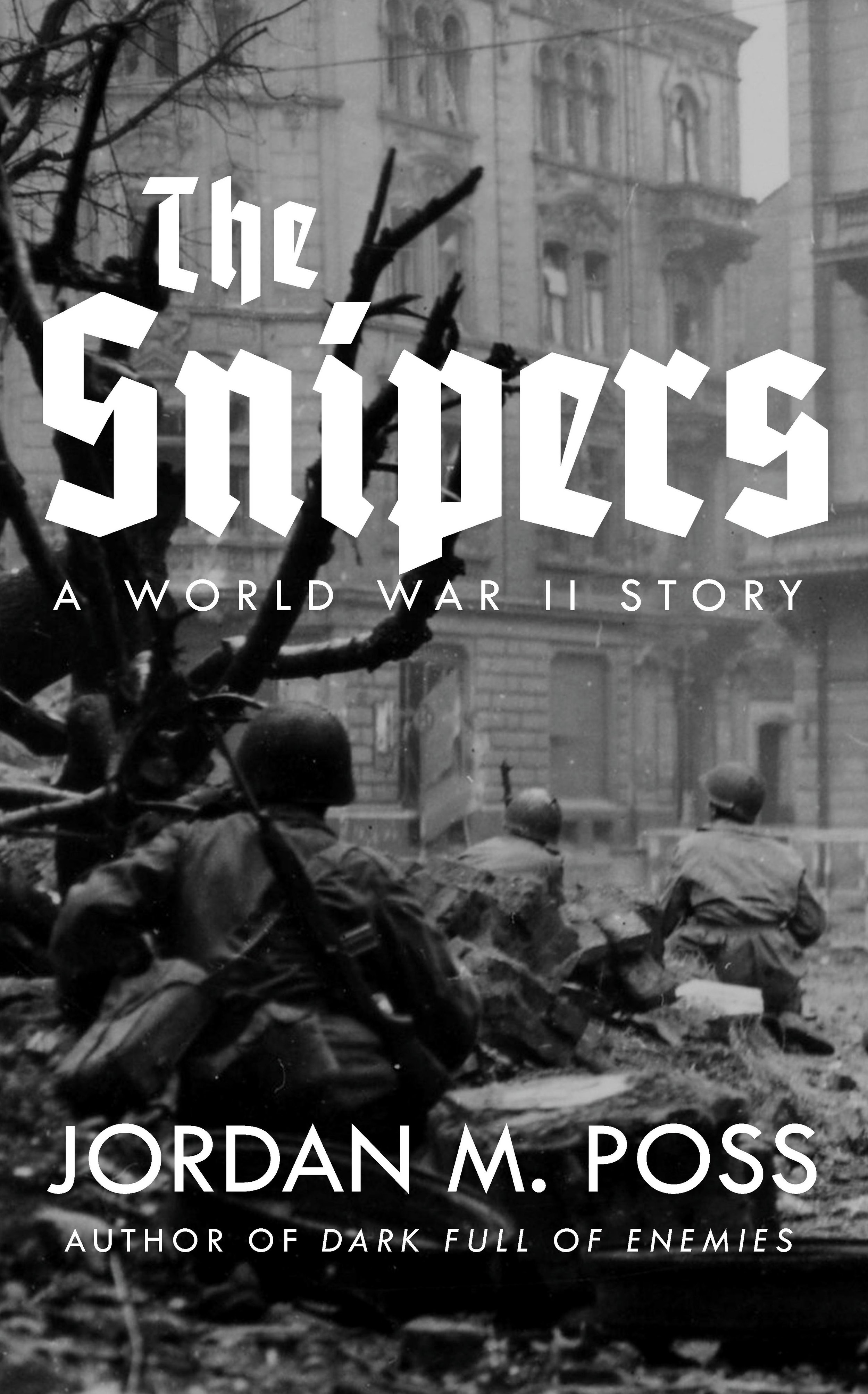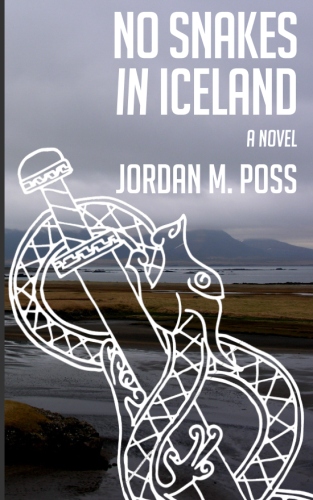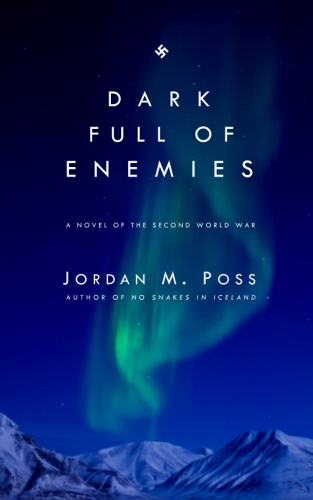A Night to Remember
/Kenneth More as Officer LightOller in A Night to Remember
I mentioned last week that my wife and I had recently watched A Night to Remember. Despite the film’s age—it premiered in 1958—this was a first for both of us. I had gathered through the ether that the film was a classic and even that it was, in fact, the most accurate and serious Titanic movie. (Did you know there are others? Naturally you have in mind the 1943 German Titanic produced a the behest of Joseph Goebbels.) I was finally able to sell my wife on the idea of watching it thanks to Kenneth More in the lead role—a man we know primarily as Father Brown.
When we settled in to watch it I was expecting A Night to Remember to be good. To my surprise, it proved overwhelming.
More plays Second Officer Charles Lightoller, the highest ranking Titanic officer to survive the sinking. The film begins with him aboard a train on his way to join the ship’s crew. When he wryly comments on a newspaper ad that uses the Titanic to shill soap, we get a reminder of the remove at which this story takes place from us when he is loudly reprimanded by another passenger for mocking the pride of Britain. Lightoller gently corrects him, and the man apologizes. It’s a simple scene, but economically sets the stage—this is a world of unironic national pride, of fiercely observed courtesies, of rank and custom, and especially finery. It’s also a threatened world. It’s impossible to watch any film about the Titanic without its fate—and the fate of all of Europe two years later—haunting your imagination.
We meet other characters, most of them real historical figures—Captain Edward Smith, shipbuilder Thomas Andrews, passengers Molly Brown, Benjamin Guggenheim, Archibald Gracie, radio operator Harold Bride, and many others. (A few, like White Star Line executive J Bruce Ismay and a wealthy British couple, who behaved dishonorably during the sinking, are never explicitly identified for legal reasons.) Other characters—Murphy, an Irishman who falls instantly in love with a Polish girl in steerage; Mr and Mrs Lucas, a young couple with three children; and Mr and Mrs Clarke, newlyweds sailing off on their honeymoon—are composites of multiple real-life people meant to streamline the narrative, part of the film’s light but judicious fictionalization. We also meet the crews of two other ships, the Californian and the Carpathia, in what will prove to be the most infuriating subplot of the movie.
You know what happens next. Throughout, the filmmakers do an excellent job imparting the geography of the ship to the viewer so that this vast, complex event is visually comprehensible—no mean feat. And even where you may not know the names of particular characters—many of them are not introduced in the traditional Hollywood manner—their faces remain familiar and so it is easy to distinguish the many converging and interweaving storylines.
The film is beautifully shot in black and white, with excellent sets (albeit not on the scale of Cameron’s ridiculously overindulgent mid-nineties film) and costumes. The special effects are good for their time, an effective blend of miniatures, matte paintings, and optical composite shots. Furthermore, in pacing and editing, and via a series of shots capturing the ship’s increasingly steep angle down into the sea, the filmmakers build unbearable tension. The joke with all Titanic movies is that we know what happens—here it remains suspenseful, with dread steadily rising into panic, not because we doubt what will happen but because we sense the inevitable catching up to the characters.
And A Night to Remember is excellently cast from top to bottom—something especially important in a film with so little traditional characterization. More is a standout in a type of role he played several times—just a few years later in Sink the Bismarck! for instance—the stalwart and principled British mid-level leader. The man who quietly gets the job done. A very, very young David McCallum (The Great Escape, “The Man from UNCLE,” and “NCIS”) plays Harold Bride, one of Titanic’s two radio operators who remain at their posts far longer than duty requires. Michael Goodliffe as Andrews and Laurence Naismith as Captain Smith are also excellent as two men who are doomed and know it. There are many other bit players who put in good turns in one- or two-scene parts—Arthur Rostron, captain of the Carpathia, rushing determinedly toward a disaster from which he may be able to save no one; the ship’s band, playing to set the mood whether anyone notices them or not; the stokers in the boiler room; the drunken baker; an old man who tenderly tries to comfort a lost boy as the ship begins its plunge.
Perhaps the best performance is that of John Merivale as Mr Lucas, who learns the terrible truth about what is happening to the ship and then downplays it to his wife (Goldfinger’s Honor Blackman) and children—all while gently urging them to hurry to the lifeboats—so that they won’t be scared. The moment he hands his sleeping son into a lifeboat and says goodbye, knowing full well that it’s the last time he will see any of them, is the purest heartbreak you can put on film. My wife and I wept.
After all, the story of the Titanic must always be a story about death. Two-thirds of the people who sailed aboard her from Europe died that night, and despite its age and whatever stereotypes we may have about films from the 1950s, A Night to Remember never looks away from that fact. And, what is more, it does so without cheap sentimentality, without caricaturing real people, and without the kind of cheap Hollywood gimmicks—love triangles, lazy class politics, manipulative music—meant to pull at the heartstrings. This is a film that tells its true story as straight as possible and remains beautiful, gripping, horrifying, and finally a reverent and deeply moving tribute because of it.
We watched A Night to Remember on an excellent Blu-ray from the Criterion Collection. I highly recommend it.
More if you’re interested
The film is, of course, based on the classic book by Walter Lord, who interviewed scores of Titanic survivors in the process of researching it. With the exception of a few questions only settled by the discovery of the wreck in 1985—such as whether or not the ship broke in half as it sank—it remains highly accurate. Its engaging writing is another draw.
Two books that I’ve used to introduce the story of the Titanic to my kids are Titanic: Lost and Found, a short Step-Into-Reading illustrated chapter book by Judy Donnelly which my daughter has enjoyed many times, and Robert Ballard’s Exploring the Titanic, which includes an interesting narrative of the loss and rediscovery of the ship by Ballard as well as many, many excellent illustrations. As a kid I pored over this book’s cross sections of the ship, the schematics of its sinking, and the before-and-after illustrations of the ship’s bridge. It also has many period photos as well as photos from Ballard’s dives to the wreck.






